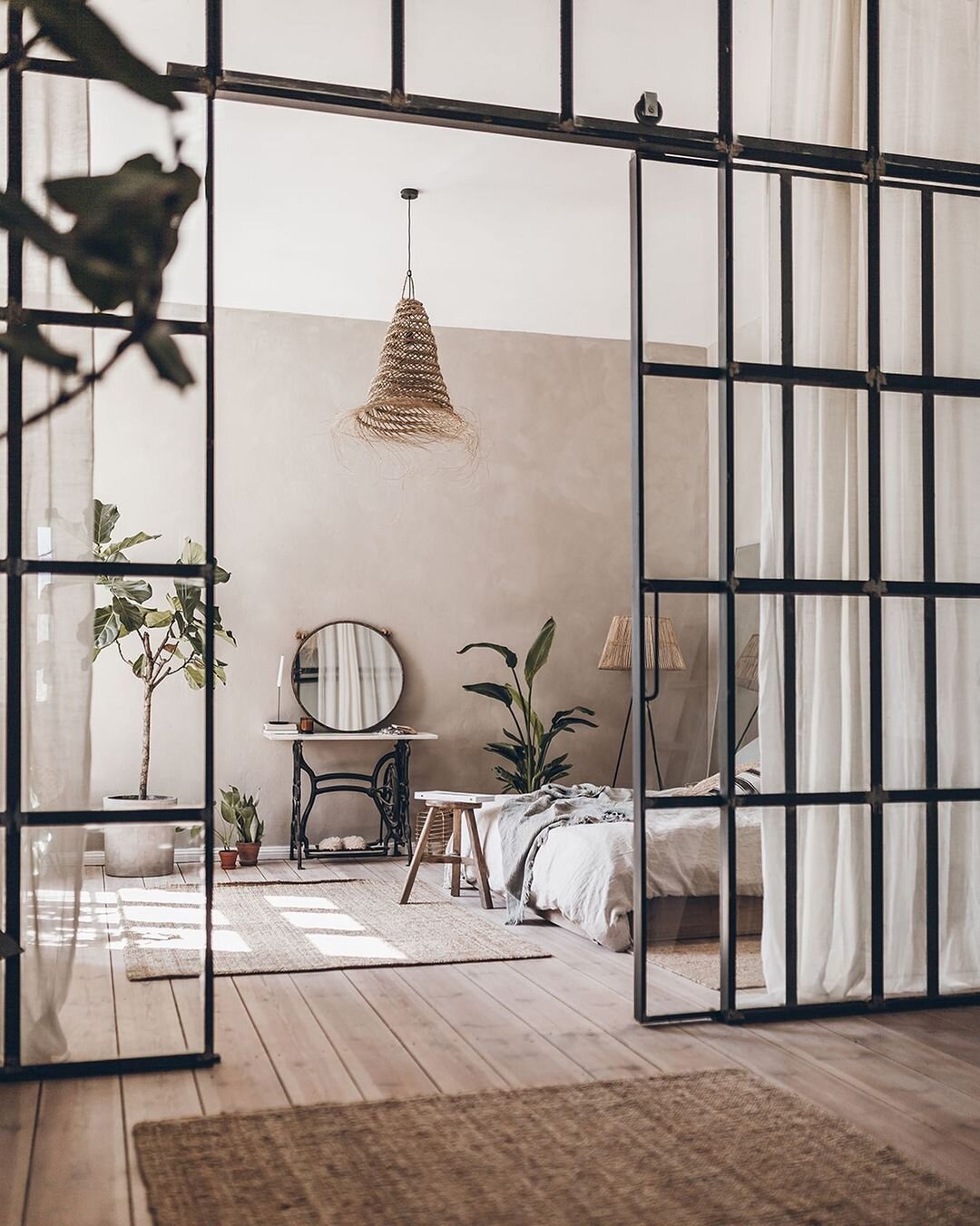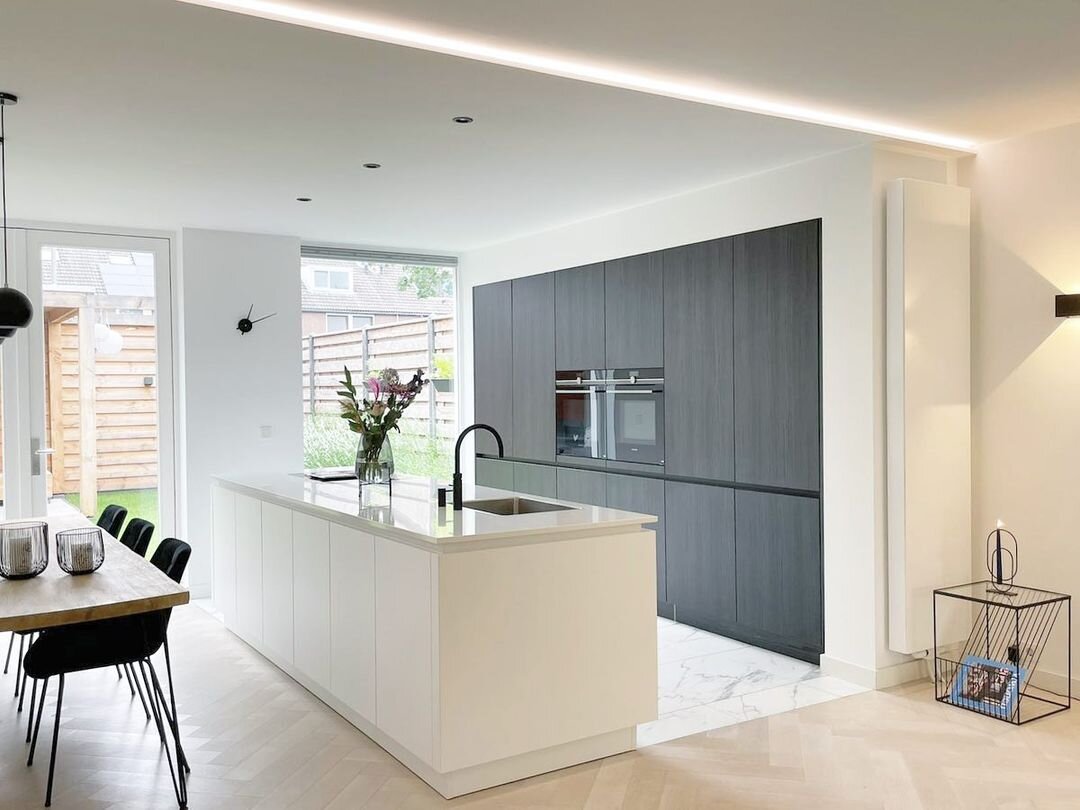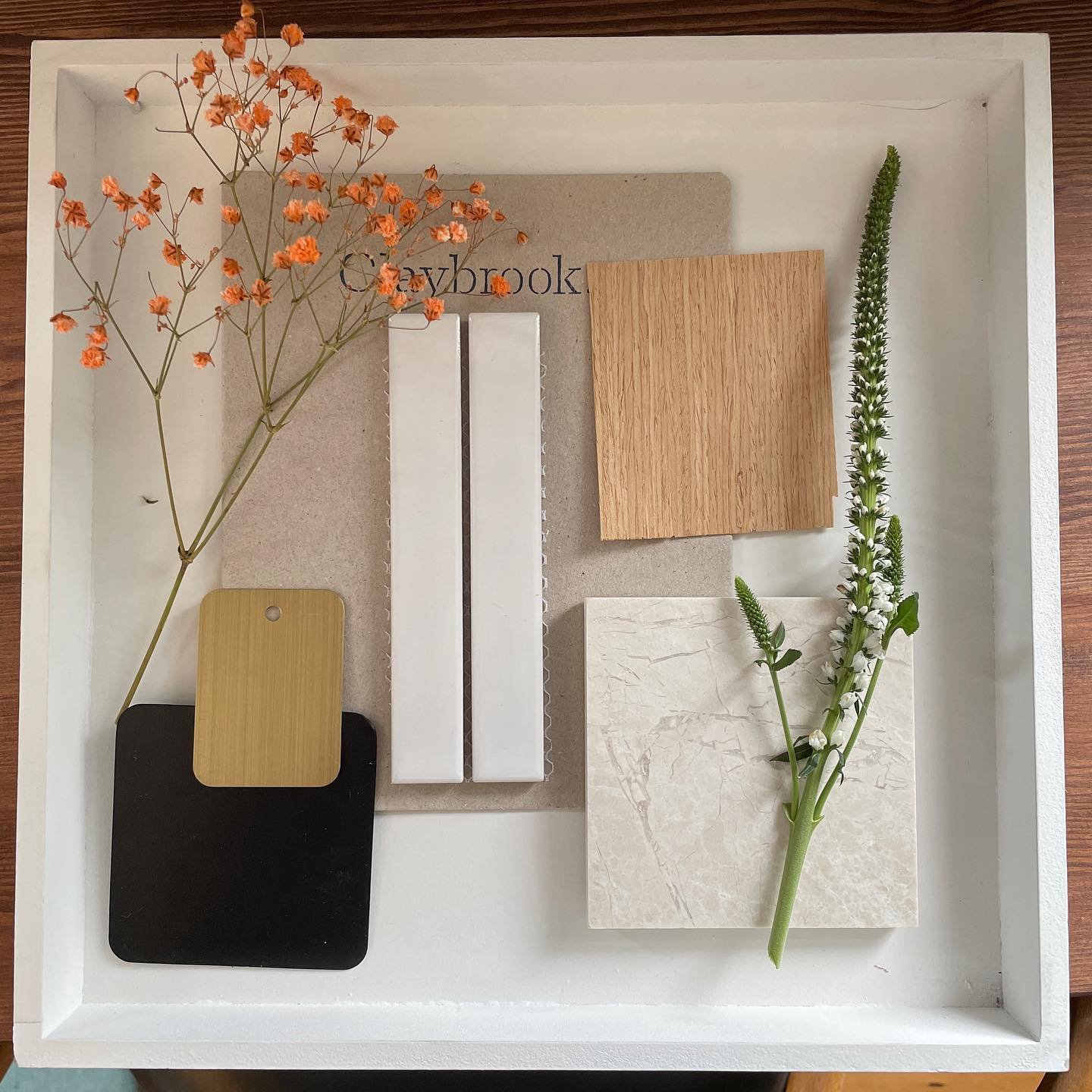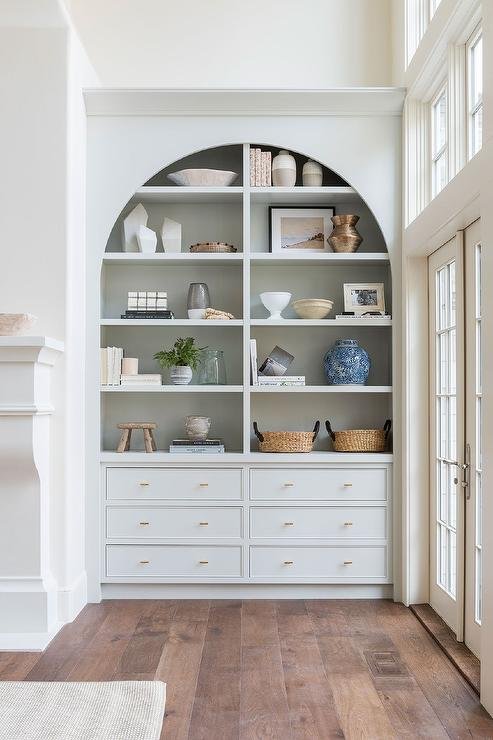Interior design styles explained
One of the first questions I ask my clients is “what kind of interior style do you like?”, but being able to articulate what you like in an interior can actually be really difficult. Luckily there are defined interior design styles which can be referenced to help you figure out what you like and put together your vision.
Of course there are more than the 7 I’ve listed here, but I’ve focussed on the styles which have stood the test of time and tend to be the most popular.
Scandinavian
Jacqueline’s home gives off major Hygge; a relaxing vibe with plenty of natural materials.
You may have heard of Hygge, which is a Danish word used to describe a cosy and content feeling. Hygge and the Scandinavian interior design style go hand in hand; they are all about bringing cosiness and comfort to your interior, with the aim to create a relaxing space that you can unwind in.
That’s why Scandinavian interior design tends to incorporate natural materials and inviting furniture. Colours are white, grey and neutral, and textures are soft and comfortable. Less is more with the Scandinavian interior design style, nothing is cluttered and furniture is not only comfortable and inviting, but also functional and simple.
Mid Century Modern
Feather & Oak Interiors have used classic Mid-Century Modern furniture here; functional and sleek.
Mid Century Modern is a timeless interior design style and it mixes very well with most other interior design styles. It is most recognisable by it’s furniture, which has a focus on quality and craftsmanship. The furniture is slightly masculine and is highly functional and unfussy - with clean lines and organic shapes.
Mid Century Modern colours tend to be natural and earthy; think black, orange and brown.
Minimalist
Esther’s kitchen is a great example of minimalism; no clutter on display and a monochromatic palette.
Slightly difficult to achieve especially in busy family homes, the minimalist interior design style is exactly as it sounds; using the bare minimum to decorate a room. A minimalist design focuses on quality over quantity - and every item in the room has been really considered and is there for a specific purpose. Unsurprisingly, furniture is simple with clean lines.
Most minimalist designs include a lot of white, black and grey - but colour can be used in a monochrome palette too.
Maximalism
Siobhan and her showstopper of a home are the perfect example of maximalism done well.
Onto the other end of the spectrum; maximalism has become really popular recently and is all about filling a space with colour, accessories, pattern and textures. Not for the faint hearted - think saturated colours, clashing prints, and loud wall art.
That’s not to say that maximalism means just chucking anything at a room - it does need to be considered and there needs to be an element which grounds all of the features in the room (whether it’s a colour, or a pattern) so that the design looks deliberate.
Traditional
Rachel’s traditionally designed home features some incredible moulding, plus tiled and parquet flooring.
Traditional interior design refers to styles from the 18th and 19th century, and they particularly suit buildings of the same age. Architectural details like ornate crown moulding, ceiling roses, picture and dado rails are typical to this interior design style; think old country homes and estates.
The Traditional interior design style is all about the calm and orderly; matching furniture as well as symmetry. Furniture is usually very heavy and ornate, which might have been passed down and has history.
Traditional interior design styles often include natural materials, colours and patterns, with warm and dark tones.
Boho
Hesti’s home has some classic boho design elements - natural materials, plants and macrame.
The Boho interior design style is all about embracing nature and the world. It might suit you if you’re into travelling, as it’s about combining elements from all over the world, like dyed textiles and art from Africa, with vintage furniture and rugs from India, or tapestries from Turkey hung on the wall. Oh and of course, lots of plants.
Boho furniture is usually laid back, and vintage or hand-made with a story. Think worn leather or slightly worn floor cushions. Unsurprisingly, colours are usually rustic and natural.
Industrial
This bedroom styled by Linnéa Salmén features industrial elements like the exposed wall, and steel divider.
Finally; when you think of the Industrial interior design style, think of the kind of thing you’d see in warehouse conversions: exposed brick, steel, wood and other construction materials. Furniture usually has an element of metal, mixed with wood, and soft furnishings might be made of leather.
Exposed bulbs and metal hanging pendant lights are very typical to the industrial design style, and colours are usually natural: brown, black, grey and neutrals.
Have a think about which style you’re naturally drawn to - maybe there’s more than one? A really timeless interior can be achieved by mixing two styles together; for example Boho mixed with Scandinavian, or Traditional design with Mid Century Modern accents.
If you’d like my help with your next project, check out my services to see how we can work together. If you’ve enjoyed this blog, don’t forget to subscribe below to receive my new post in your inbox every Sunday.
















